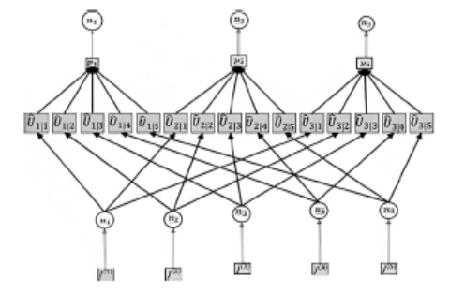


Indian Journal of Science and Technology
DOI: 10.17485/IJST/v16i32.1319
Year: 2023, Volume: 16, Issue: 32, Pages: 2548-2559
Original Article
VM Niaz Ahamed1*,Arul Prakash2, Mohamed Ziyath1
1Assistant Professor, Department of CSE, B.S Abdur Rahman Crescent Institute of Science and Technology, India
2Assistant Professor, Department of CSE, Sathyabama Institute of science and Technology, India
*Corresponding Author
Email: [email protected]
Received Date:31 May 2023, Accepted Date:17 July 2023, Published Date:29 August 2023
Objectives: This Study is centered on developing suitable method to reduce road accidents and improve individual traffic management as a part of smart cities development. Methods: A new hybrid deep learning-based model which uses a hybrid deep learning technique (TCC-HDL) is proposed to collect data on traffic patterns and send vehicles along the most efficient routes. The data are collected from kaggle about 8,000 roadside of 12-hour manual counts. From the extracted data, traffic congestion is predicted by new hybrid deep learning approach such as Recurrent capsule networks (CapsRNN), Fuzzy Interface System (FIS) and Optimized Bi-LSTM (O-Bidirectional Long short Memory). The proposed model TCC-HDL has been analyzed in terms of Accuracy, Precision, F-Measure and Recall with the standard algorithms like Bi-LSTM, CapsRNN, GRU, and LSTM. The information comes from the Highway Traffic Crash Dataset. Statistical features, higher-order statistical features, correlation-based features, and database features are used to extract information from the collected data. Findings: The work achieved 0.0102 to 0.1043% improvement in terms of accuracy, 0.0088% to 0.2133% of Precision, 0.039% to 0.2364% of Recall and 0.0056% to 0.083% of F-Measure. Novelty: New hybrid deep learning approach for predicting the situation of heavy traffic CapsRNN algorithm which has the better action recogoization and Bi-LSTM is the long term prediction of data which optimized using RSOA can fused together and it is fed as input to Fuzzy Interface System (FIS).
Keywords: Hybrid Deep Learning; Traffic Congestion Control System; VANET; Database Features
© 2023 Ahamed et al. This is an open-access article distributed under the terms of the Creative Commons Attribution License, which permits unrestricted use, distribution, and reproduction in any medium, provided the original author and source are credited. Published By Indian Society for Education and Environment (iSee)
Subscribe now for latest articles and news.